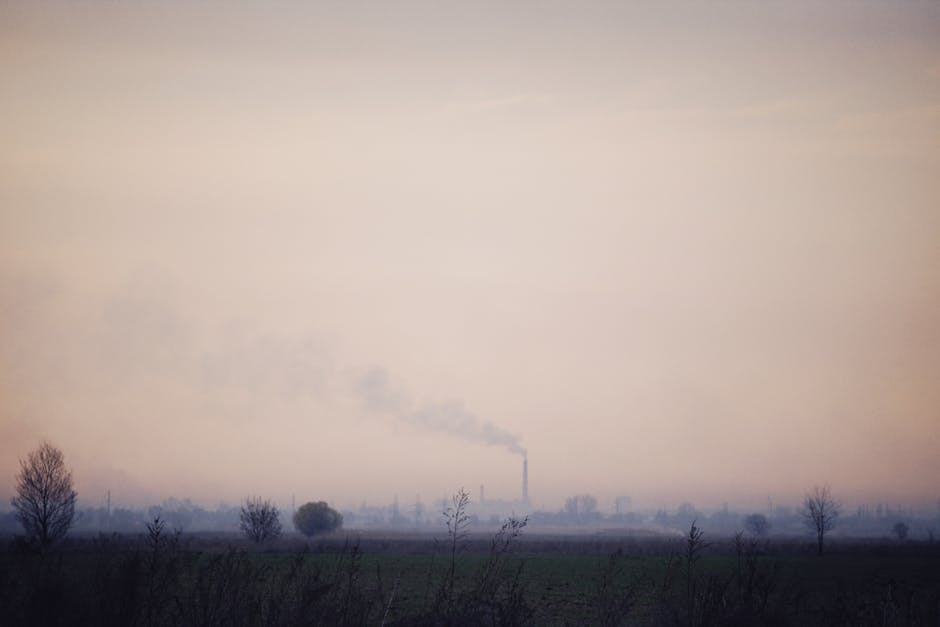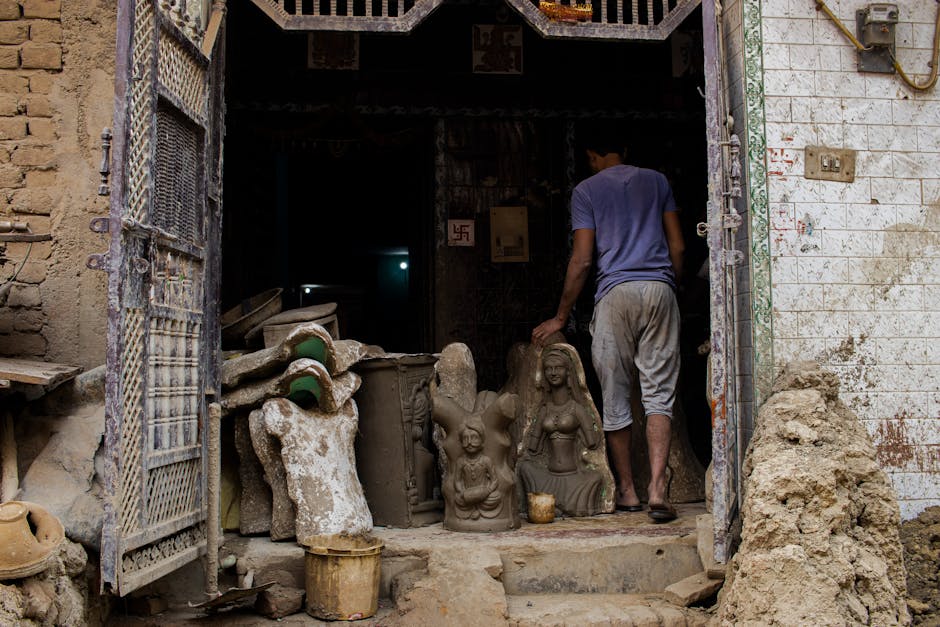For the residents of Kurla, one of Mumbai’s most densely populated and bustling suburbs, today brings a breath of fresher air. The latest readings show the air quality in Kurla, Mumbai, India, with an AQI currently at 92, a figure that falls squarely in the ‘Satisfactory’ category. In a city often battling hazy skies, this is a welcome development for everyone in the vicinity.
What an AQI of 92 Means for Kurla Residents
So, what does an AQI of 92 actually mean for someone navigating the busy lanes of Kurla West or commuting via LBS Marg? According to official classifications, an Air Quality Index between 51 and 100 is ‘Satisfactory’.
- For the general population: The air quality is acceptable and poses little to no health risk. Outdoor activities can be enjoyed as usual.
- For sensitive groups: A very small number of people who are unusually sensitive to air pollution may experience minor breathing discomfort.
This is a significant improvement from the ‘Poor’ or ‘Very Poor’ levels that often plague Mumbai, especially during the post-monsoon and winter months.
Why is Kurla‘s Air Quality Better Today?
Experts suggest this positive shift is likely due to a combination of favourable meteorological conditions. Stronger coastal winds blowing in from the Arabian Sea have been instrumental in dispersing pollutants like particulate matter (PM2.5 and PM10) that would otherwise remain trapped in the lower atmosphere. This natural ventilation is one of Mumbai’s greatest assets in its fight against air pollution.
Kurla‘s Unique Pollution Challenges
This ‘Satisfactory’ reading is particularly noteworthy for a locality like Kurla. As a critical junction connecting the eastern and western suburbs and home to the major railway hub of Lokmanya Tilak Terminus (LTT), Kurla experiences relentless challenges:
* High-density vehicular traffic from cars, buses, and auto-rickshaws.
* Dust from numerous ongoing construction projects.
* Emissions from nearby industrial zones.
Given these constant sources of pollution, achieving a good air quality day is a significant, albeit temporary, victory.
A Temporary Reprieve: Looking Ahead
While we can enjoy the clearer skies, it’s crucial to view this as a reprieve, not a permanent resolution. The underlying sources of pollution have not disappeared. This temporary dip in the AQI serves as a powerful reminder of what is possible with favourable conditions and sustained, long-term efforts.
It underscores the importance of the Brihanmumbai Municipal Corporation’s (BMC) air pollution mitigation plans, including road dust control, promoting electric vehicles, and enforcing stringent industrial emission norms. The challenge for every Mumbaikar and the city’s administrators is to work towards making an AQI of 92 the norm, not a rare exception.




